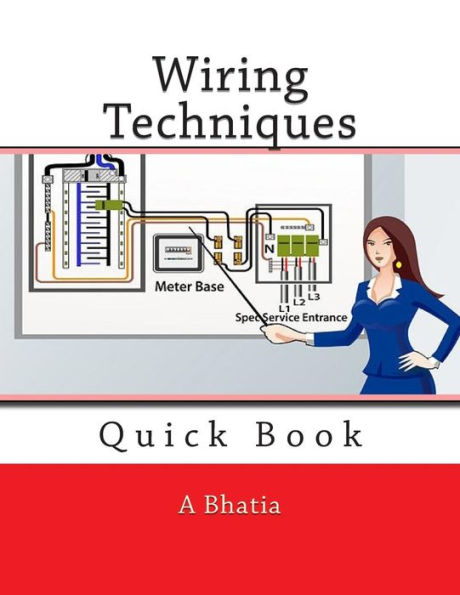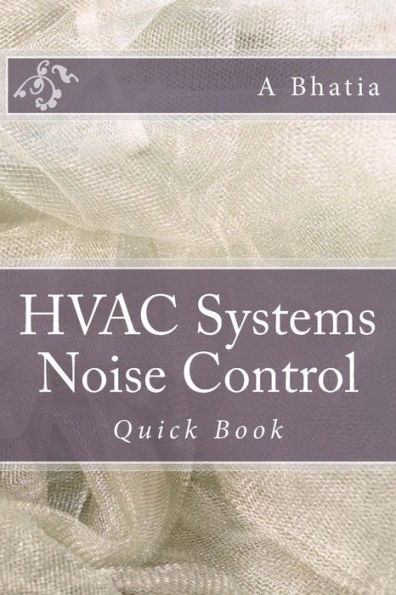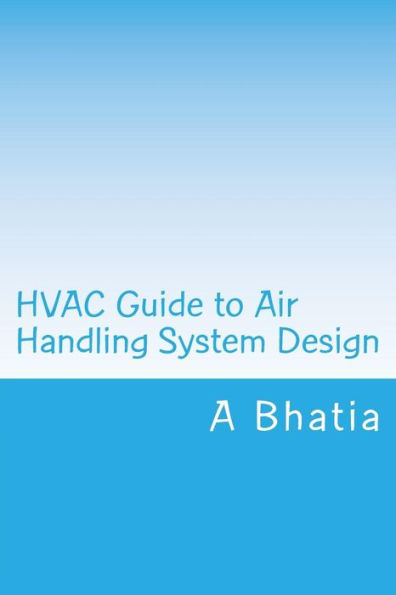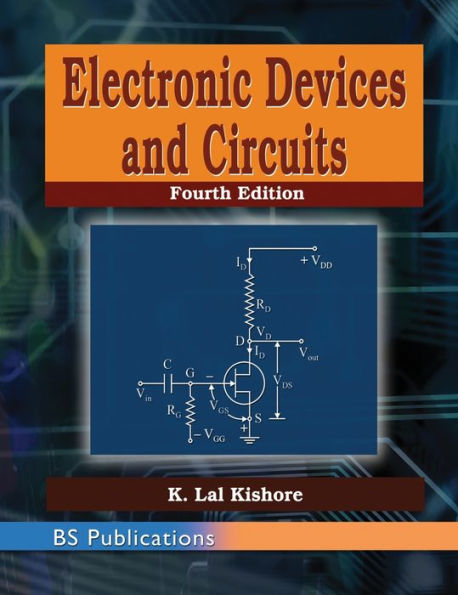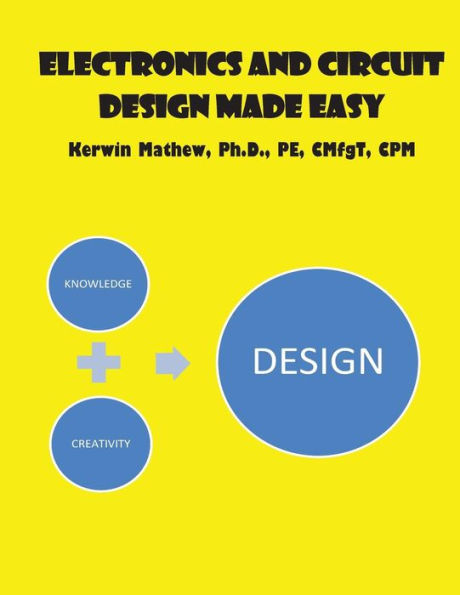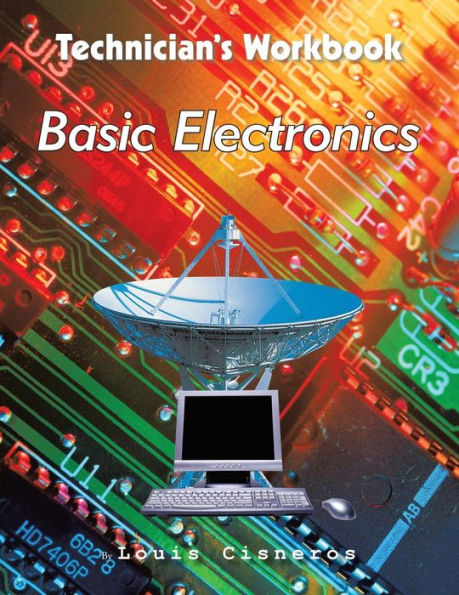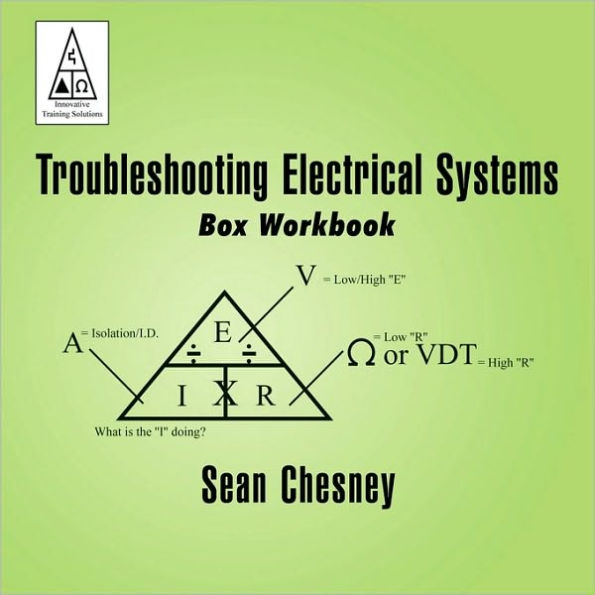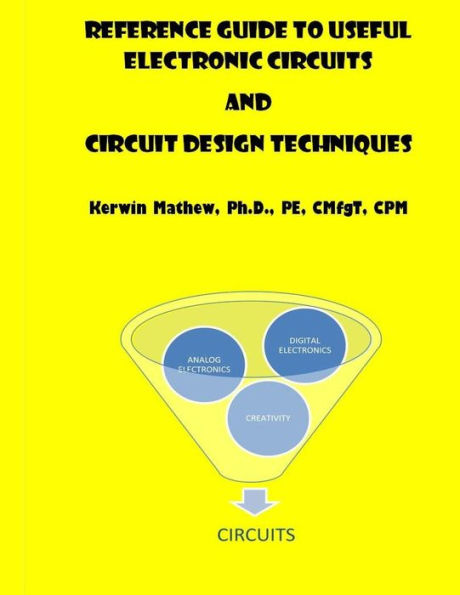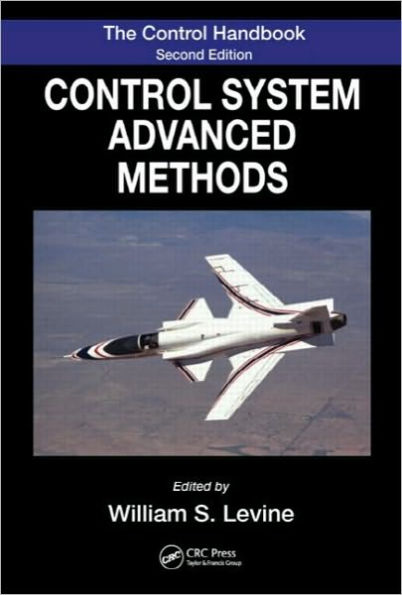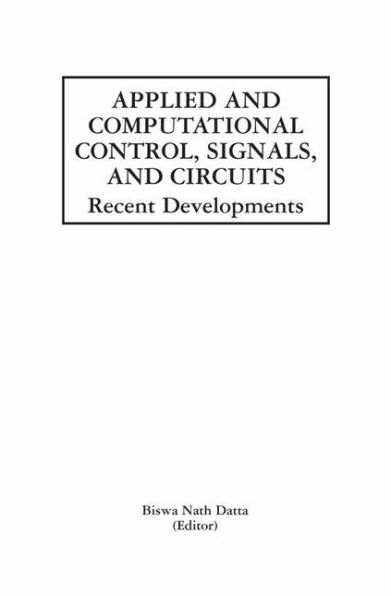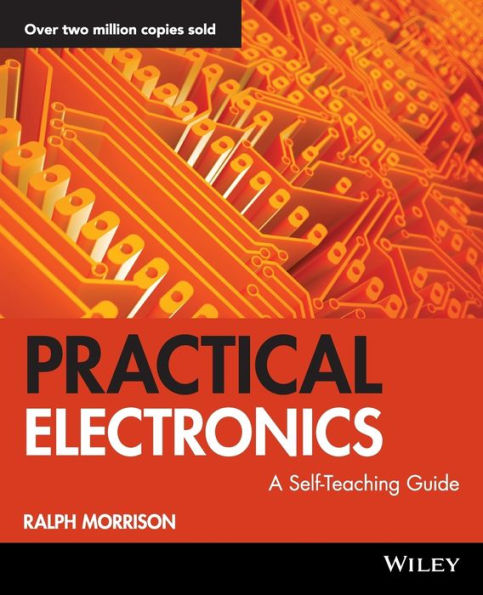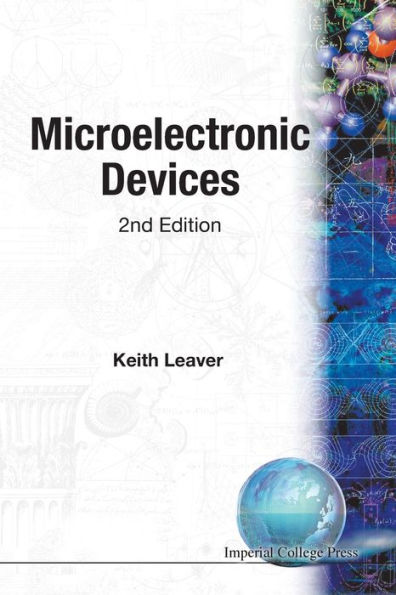Home
Circuit Control Devices: Quick Book


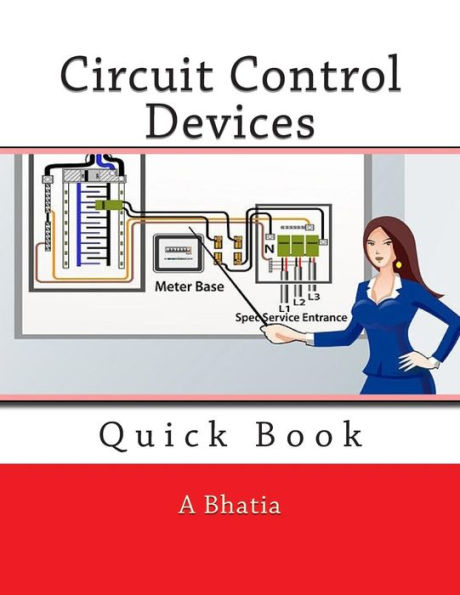
Circuit Control Devices: Quick Book
Current price: $12.99
Loading Inventory...
Size: OS
Circuit control in its simplest form, is the application and removal of power. This can also be expressed as turning a circuit on and off or opening and closing a circuit. Before you learn about the application of circuit control devices, you should know why circuit control is needed. If a circuit develops problems that could damage the equipment or endanger personnel, it should be possible to remove the power from that circuit. The circuit protection devices (fuses and breakers) are not the control devices; these are protection devices that will remove power automatically in event of overload conditions. Circuit control devices allow you to turn the device ON when it is needed and OFF when it is not needed.
There are three type of common circuit control devices; switches, relays and solenoids.
• Switches, in simple terms is a two piece metal called contacts that touch to make a circuit and separate to break the circuit. Switches can be classified according to the arrangement of their contacts.
• Relays are protective, or control, devices, which complete or break an electrical circuit in response to electrical changes in an external circuit.
• Solenoids consist of one or more coils surrounding an iron core. The coil(s) and the core are moveable in relation to each other. The axial or rotary movement is a result of the magnetic flux of the coil. It is designed to convert electrical energy into mechanical energy.
This 3-hr Quick Book provides general requirements, classifications, installation, maintenance, testing, and application information for circuit control devices, and covers the requirements for switches, relays and solenoids. The course is based entirely on Naval Education and Training Materials (NAVEDTRA 14175), Electricity and Electronic Training Series; Module-3 and covers Chapter 3 titled "Circuit Control Devices".
This course is aimed at students, professional engineers, service technicians, energy auditors, operational & maintenance personnel, facility engineers and general audience.
Learning Objective
At the conclusion of this course, the reader will be able to:
• State reasons for providing circuit control devices
• List three general types of circuit control devices.
• Identify the schematic symbols for a switch, a solenoid, and a relay.
• State the difference between a manual and an automatic switch and state the reason multi-contact switches are used.
• State the type of switch used to prevent the accidental energizing or de-energizing of a circuit.
• State the meaning of the current and voltage rating of a switch.
• State the operating principle of a solenoid and describe how to check a solenoid for proper operation.
• State the operating principle of a relay and how it differs from a solenoid.
